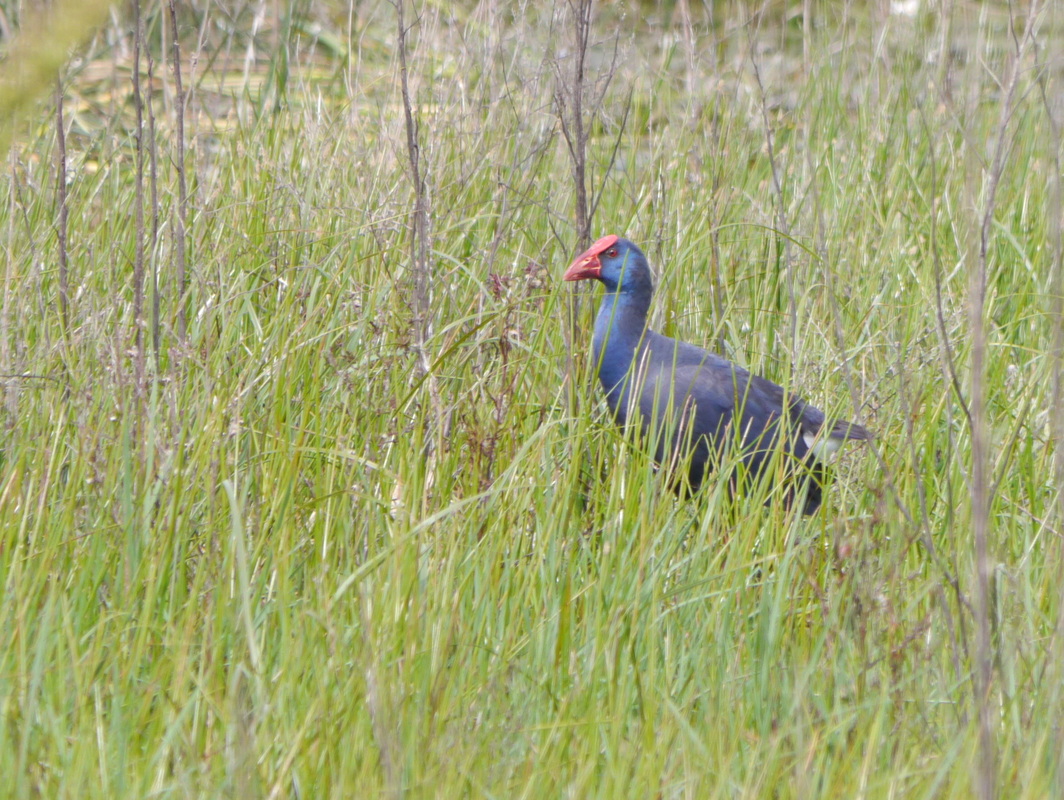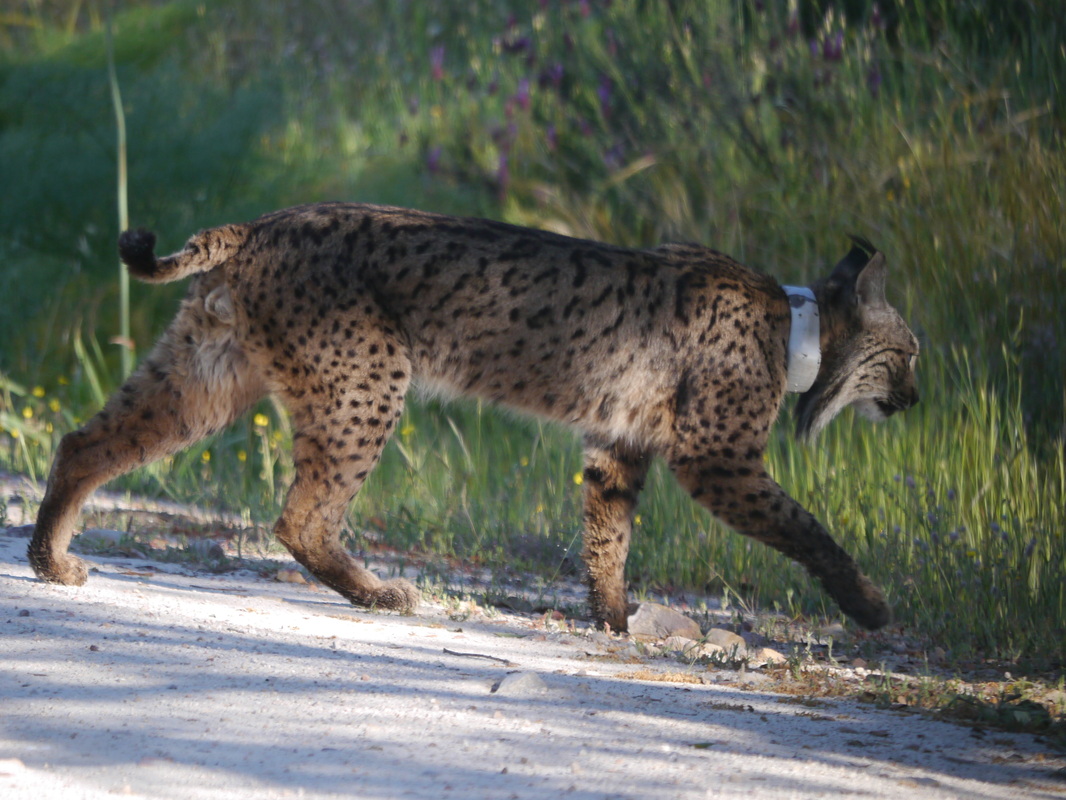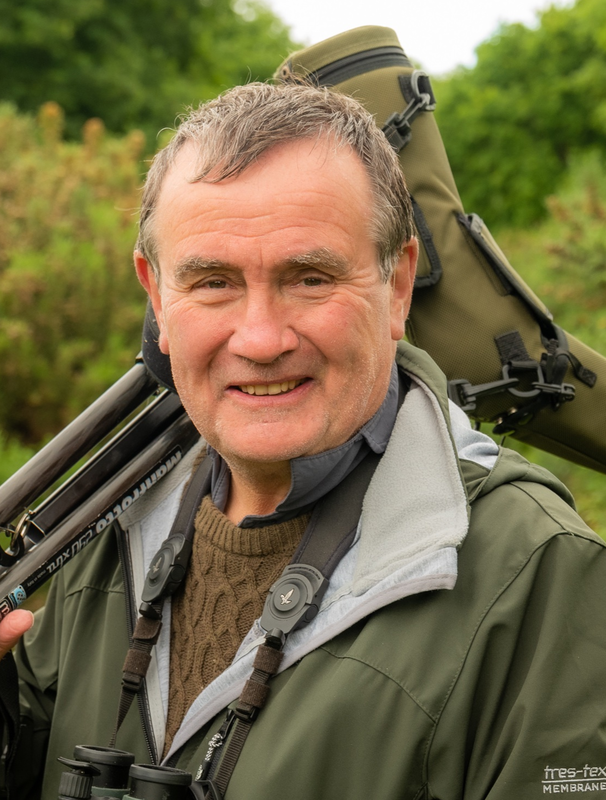 Laguna de la Paja from (b)
Laguna de la Paja from (b)  Gate into Laguna de Paja reserve
Gate into Laguna de Paja reserve  Ferruginous Duck from (b) looking towards (c)
Ferruginous Duck from (b) looking towards (c) Another viewpoint can be accessed via Callejon de Borregitos (see map) by taking the first turning on the right (Camino de los Montes Universales) which takes you to some ruined yellow buildings. It should be possible to park here (or at least no signs forbid it!).












 RSS Feed
RSS Feed
